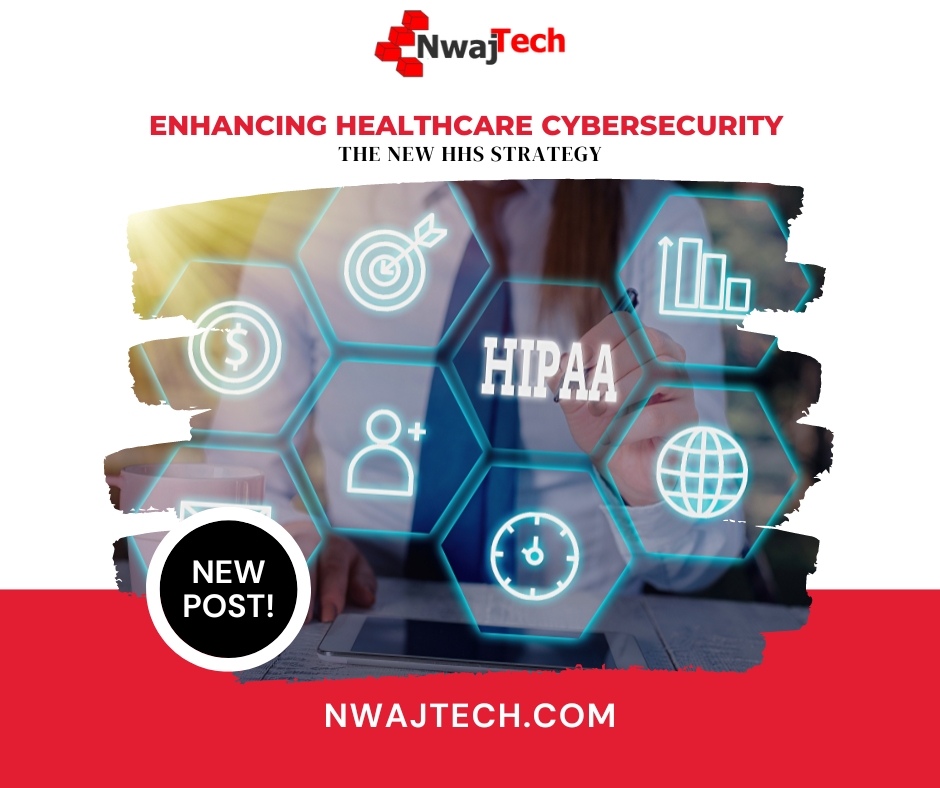Enhancing Healthcare Cybersecurity: The New HHS Strategy
A Proactive Approach to Safeguarding Patient Data
The healthcare sector, vital to our well-being, has long been a target for cyber threats. Recognizing the urgent need for strengthened defenses, the U.S. Department of Health and Human Services (HHS) has unveiled a comprehensive strategy aimed at bolstering cybersecurity across the healthcare landscape.
The Four Pillars of the HHS Cybersecurity Strategy
- Voluntary Cybersecurity Goals:
- The HHS introduces a set of voluntary goals, offering a roadmap for healthcare providers to enhance their cybersecurity measures. These goals are designed to be realistic and achievable, encouraging widespread adoption and implementation.
- Resource Allocation:
- Understanding the diverse nature of the healthcare sector, the HHS plans to provide the necessary resources and support. This move is aimed at enabling all healthcare entities, regardless of their size, to shore up their cyber defenses effectively.
- Enhanced Enforcement and Accountability:
- To ensure compliance and uphold the highest standards of data protection, the strategy calls for greater enforcement and accountability. This includes regular assessments and audits to ensure that healthcare providers are adhering to cybersecurity best practices.
- One-Stop Shop for Cybersecurity:
- In a bid to centralize resources and support, the HHS is establishing a one-stop shop within the department. This hub will serve as a central point for all cybersecurity-related resources, guidance, and assistance, making it easier for healthcare providers to access the help they need.
In the healthcare sector, the importance of cybersecurity cannot be overstated. As we delve deeper into a technology-driven era, the vulnerability of healthcare systems to cyber threats has become a critical concern. Here’s a closer look at why cybersecurity is absolutely vital in healthcare, backed by compelling statistics and data.
The High Stakes of Healthcare Data
- Sensitive Data at Risk: Healthcare records contain some of the most sensitive personal information, including medical histories, social security numbers, and financial data. According to a report by IBM Security, the average cost of a healthcare data breach in 2020 was $7.13 million, the highest across all industries.
- Growing Number of Breaches: The Department of Health and Human Services reported over 600 healthcare data breaches in 2020, affecting more than 26 million individuals. This represents a substantial increase from previous years, highlighting the escalating threat landscape. 2023 will shatter those numbers.
Impact on Patient Safety
- Direct Threat to Patient Care: Cyber attacks can cripple critical healthcare systems. For instance, a ransomware attack on a German hospital in 2020 resulted in the first known death directly linked to a cyberattack when a patient could not be treated in time.
- Delayed Diagnoses and Treatments: Cybersecurity breaches often cause significant disruptions in medical services. A study found that hospital time-to-electrocardiogram increased by 2.7 minutes and time-to-treatment increased by 19.3 minutes following a ransomware attack, potentially impacting patient outcomes.
Erosion of Trust
- Patient Trust at Stake: Trust is a cornerstone of healthcare. A breach in patient data can severely damage the relationship between healthcare providers and their patients. Surveys indicate that nearly 25% of patients would switch providers after a data breach.
- Legal and Compliance Risks: Healthcare providers are bound by regulations like HIPAA in the US, which mandates strict protection of patient data. Non-compliance due to cybersecurity failures can lead to hefty fines and legal repercussions.
The Bottom Line
The statistics paint a clear picture: cybersecurity in healthcare is a matter of life and death. It’s not merely about safeguarding data but about ensuring uninterrupted, quality care and maintaining the trust that forms the foundation of healthcare services. As the healthcare industry continues to integrate more deeply with technology, the focus on robust cybersecurity measures becomes more critical than ever. It’s a responsibility that healthcare providers must bear, not just for compliance, but for the very essence of their mission: to protect and save lives.
Conclusion
In conclusion, the HHS’s latest initiative is a significant step forward in the fight against cyber threats in healthcare. By setting clear goals, providing resources, ensuring accountability, and centralizing support, the strategy paves the way for a more secure and resilient healthcare sector. It’s time for healthcare providers to step up and embrace these changes for the greater good of patient safety and data security

